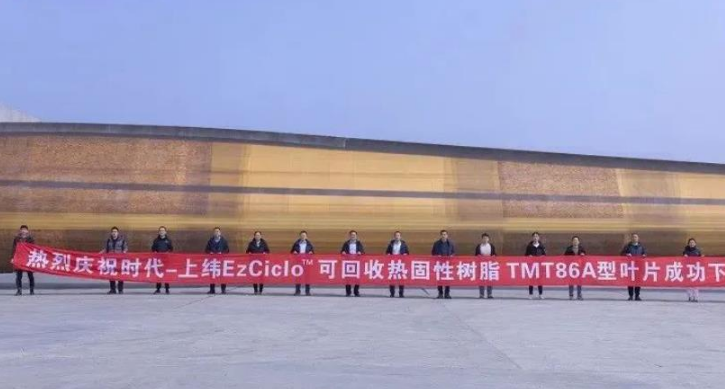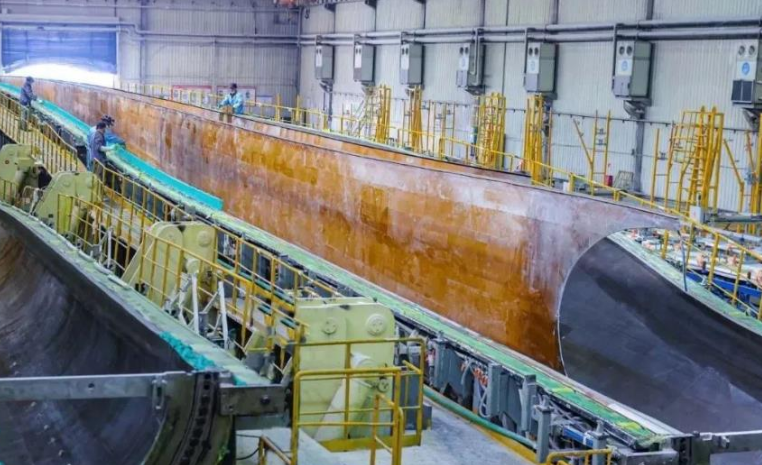Recently, Times New Materials and Shangwei New Materials have successfully launched the TMT86A blade using EzCiclo recyclable thermosetting resin in Hunan. The blade is 86 meters long. It is the first time that EzCiclo recyclable thermosetting resin has completed the trial production of large-blade blades. Significantly faster.

As a high-tech international manufacturing enterprise under CRRC, Times New Materials takes the research and engineering application of polymer materials as its technical development direction, and is committed to the development of a series of products in industrial fields such as rail transportation, wind power generation, automobiles, and advanced polymer materials. Research, production and sales, products extended to rubber, plastics, composite materials, functional materials and other fields.
Before the trial production, Shangwei R&D and technical personnel conducted technical docking with the Times New Materials technical team, and carried out a large amount of technical reserve work, laying a solid foundation for the smooth and successful roll-off of the blade.

At the trial production site, Chen Huang, deputy director of the development center of the wind power business department of Times New Materials, said: EzCiclo recyclable thermosetting resin material is a new energy-saving, low-carbon and recyclable product, which increases the possibility of material reuse and recycling. Shangwei has provided high-quality and reliable product solutions in the process of achieving the goal of Times New Materials. Times New Materials also hopes to provide customers with more high-quality solutions and help China through the supply support of Shangwei’s high-quality advanced environmental protection raw materials. The wind power industry has reached a new level.
The newly developed “EzCiclo” recyclable thermosetting epoxy resin that can be applied to fan blades can be applied in the shell, girder, web and blade parts of the blade. The composite parts of wind turbine blades made of “EzCiclo” can be recycled and degraded after the end of their service life. After the “CleaVER” technology, the waste is turned into recycled fibers and oligomers, and the recycled fibers can be sorted and reused. Utilize, and make glass fiber and carbon fiber composite materials again. The whole degradation and recycling process is simple and low-carbon, and the recovery rate of composite materials can reach ≥95%.



 微信扫一扫打赏
微信扫一扫打赏
